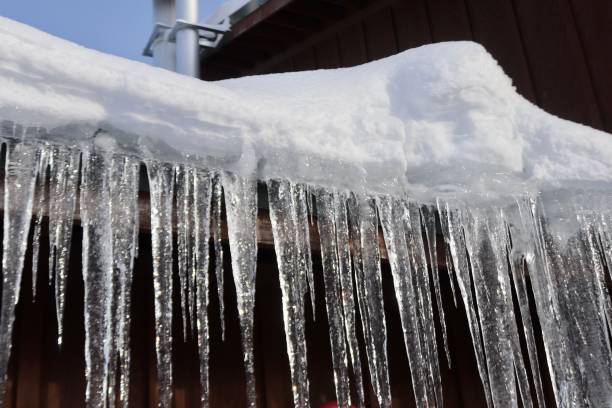How to Avoid Frozen Plumbing in Winter: Pro Tips
How to Avoid Frozen Plumbing in Winter: Pro Tips
Blog Article
What're your opinions about Helpful Tips to Prevent Frozen Pipes this Winter?

Cold weather can wreak havoc on your plumbing, specifically by freezing pipelines. Below's exactly how to stop it from happening and what to do if it does.
Intro
As temperatures decrease, the threat of frozen pipelines boosts, potentially causing expensive repair services and water damages. Understanding just how to avoid icy pipelines is essential for house owners in cool environments.
Understanding Icy Pipes
What triggers pipes to ice up?
Pipes ice up when subjected to temperature levels below 32 ° F (0 ° C) for expanded periods. As water inside the pipelines freezes, it broadens, putting pressure on the pipeline walls and possibly creating them to burst.
Risks and problems
Icy pipes can lead to supply of water disturbances, home damage, and pricey repairs. Burst pipelines can flooding homes and trigger extensive structural damage.
Signs of Frozen Pipeline
Recognizing frozen pipes early can avoid them from rupturing.
Just how to determine icy pipelines
Look for lowered water circulation from taps, unusual odors or noises from pipes, and noticeable frost on subjected pipes.
Avoidance Tips
Protecting vulnerable pipelines
Wrap pipes in insulation sleeves or use warmth tape to safeguard them from freezing temperature levels. Concentrate on pipes in unheated or external areas of the home.
Heating methods
Keep interior spaces effectively warmed, particularly locations with plumbing. Open cabinet doors to permit warm air to flow around pipelines under sinks.
Shielding Exterior Pipes
Yard hoses and exterior faucets
Disconnect and drain garden pipes prior to winter months. Install frost-proof faucets or cover exterior faucets with shielded caps.
What to Do If Your Pipes Freeze
Immediate actions to take
If you suspect icy pipelines, keep taps open to relieve stress as the ice thaws. Make use of a hairdryer or towels soaked in hot water to thaw pipelines slowly.
Long-Term Solutions
Structural adjustments
Consider rerouting pipes away from outside walls or unheated locations. Add added insulation to attic rooms, cellars, and crawl spaces.
Upgrading insulation
Invest in high-quality insulation for pipes, attics, and walls. Proper insulation aids preserve constant temperature levels and decreases the danger of icy pipes.
Final thought
Preventing frozen pipelines requires proactive procedures and quick reactions. By comprehending the reasons, signs, and safety nets, property owners can secure their plumbing during cold weather.
5 Ways to Prevent Frozen Pipes
Drain Outdoor Faucets and Disconnect Hoses
First, close the shut-off valve that controls the flow of water in the pipe to your outdoor faucet. Then, head outside to disconnect and drain your hose and open the outdoor faucet to allow the water to completely drain out of the line. Turn off the faucet when done. Finally, head back to the shut-off valve and drain the remaining water inside the pipe into a bucket or container. Additionally, if you have a home irrigation system, you should consider hiring an expert to clear the system of water each year.
Insulate Pipes
One of the best and most cost-effective methods for preventing frozen water pipes is to wrap your pipes with insulation. This is especially important for areas in your home that aren’t exposed to heat, such as an attic. We suggest using foam sleeves, which can typically be found at your local hardware store.
Keep Heat Running at 65
Your pipes are located inside your walls, and the temperature there is much colder than the rest of the house. To prevent your pipes from freezing, The Insurance Information Institute suggests that you keep your home heated to at least 65 degrees, even when traveling. You may want to invest in smart devices that can keep an eye on the temperature in your home while you’re away.
Leave Water Dripping
Moving water — even a small trickle — can prevent ice from forming inside your pipes. When freezing temps are imminent, start a drip of water from all faucets that serve exposed pipes. Leaving a few faucets running will also help relieve pressure inside the pipes and help prevent a rupture if the water inside freezes.
Open Cupboard Doors
Warm your kitchen and bathroom pipes by opening cupboards and vanities. You should also leave your interior doors ajar to help warm air circulate evenly throughout your home.

I was shown that editorial on Helpful Tips to Prevent Frozen Pipes this Winter from an acquaintance on another web blog. So long as you enjoyed our article if you please do not forget to share it. Thanks a bunch for being here. Kindly visit our site back soon.
Quote Report this page